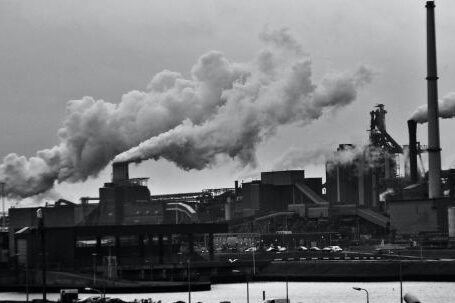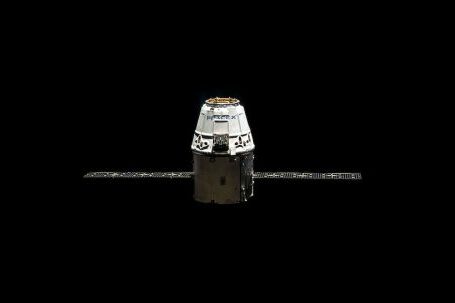Space exploration has brought about numerous benefits for humanity, but it has also created a significant problem: space junk. With thousands of defunct satellites, spent rocket stages, and debris from collisions cluttering Earth’s orbit, the issue of space debris has become a pressing concern. The increasing amount of space junk poses a threat to operational satellites and manned missions, and the question arises: how can we clean up space junk?
Understanding the Dangers of Space Junk
Before delving into solutions, it is crucial to grasp the dangers that space junk presents. Satellites, both operational and defunct, are vital for telecommunications, weather monitoring, and navigation systems. However, they are vulnerable to collisions with space debris, which can cause catastrophic damage. Furthermore, the International Space Station (ISS) and future manned missions face the risk of collision with space junk, putting the lives of astronauts at stake. It is clear that space junk must be addressed to ensure the safety and sustainability of space activities.
Tracking and Monitoring Space Debris
The first step in cleaning up space junk is tracking and monitoring its movement. Space agencies and organizations worldwide employ ground-based radar systems and telescopes to track the position and trajectory of space debris. By accurately predicting the location of space junk, operators can maneuver satellites and spacecraft to avoid potential collisions. Additionally, advanced tracking technologies, such as laser ranging and satellite-based sensors, are being developed to enhance the accuracy and efficiency of space debris monitoring.
Preventing the Creation of New Space Debris
While tracking and monitoring are essential, preventing the creation of new space debris is equally crucial. One effective approach is to design satellites and rockets with disposal plans in mind. Satellites can be equipped with propulsion systems that allow them to deorbit at the end of their operational life, ensuring a controlled reentry into Earth’s atmosphere. Similarly, rockets can be designed to minimize the creation of spent stages by employing reusable components. By implementing these strategies, the amount of space junk can be significantly reduced over time.
Active Debris Removal Techniques
To tackle the existing space debris problem, active debris removal (ADR) techniques are being explored. ADR involves capturing or deorbiting space junk to remove it from orbit. Several concepts have been proposed, including the use of robotic arms, nets, harpoons, and even lasers to capture and manipulate space debris. Once captured, the debris can be deorbited, causing it to burn up in the Earth’s atmosphere. ADR technologies are still in the development stage, but they hold promise for cleaning up space junk in the future.
International Cooperation and Regulations
Cleaning up space junk is a global challenge that requires international cooperation and regulations. Spacefaring nations and organizations must work together to develop common standards and protocols for managing space debris. Collaborative efforts can include sharing tracking data, coordinating satellite maneuvers, and establishing guidelines for the design and disposal of satellites and rockets. Additionally, international agreements can be formed to address liability issues and promote responsible space activities. By fostering collaboration and implementing regulations, the international community can effectively address the space debris problem.
Conclusion: A Clean and Sustainable Space Environment
As space exploration continues to advance, the issue of space junk must be addressed to ensure a clean and sustainable space environment. Tracking and monitoring space debris, preventing the creation of new debris, exploring active debris removal techniques, and fostering international cooperation and regulations are essential steps toward cleaning up space junk. By taking collective action, we can mitigate the risks posed by space debris and pave the way for continued exploration and discovery beyond our planet’s atmosphere.





